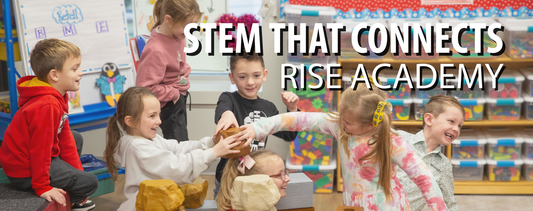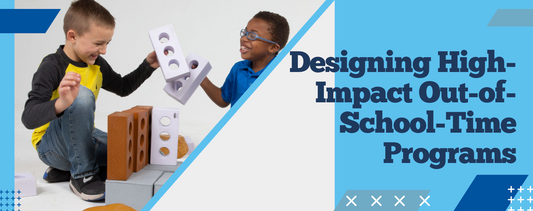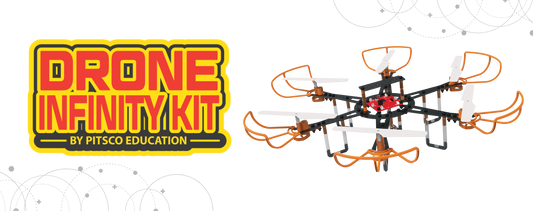Blog
From life-saving breakthroughs in biomedicine to assistive technologies that give voice to those with disabilities, the most powerful innovations happen when creativity and STEM go hand in hand. At that...
There’s one question that has survived generations of dinner table conversations: What do you want to be when you grow up? For some, the answer comes easily—a doctor, a teacher,...
Not only is summer break the best time to play, it might even be the best time to learn! Summer schedules offer kids more freedom: more time to explore outside,...
When the last bell rings, some of the best learning is just getting started. Out-of-school-time (OST) programs build on what students learn during the day—offering personalized instruction, team-building experiences, and...
When educators consider “tech for good”, little compares to robotics. While our imaginations may lead us to believe robots to be a humanoid collection of metallic parts (thanks, Transformers), they’re...
Amid the Oklahoma winds that scatter paper planes and inspire childhood dreams, Ashlee Hightower, a teacher at Bartlesville High School, and Brandi Peace, an educator at Tri-County Tech, lead aviation...






